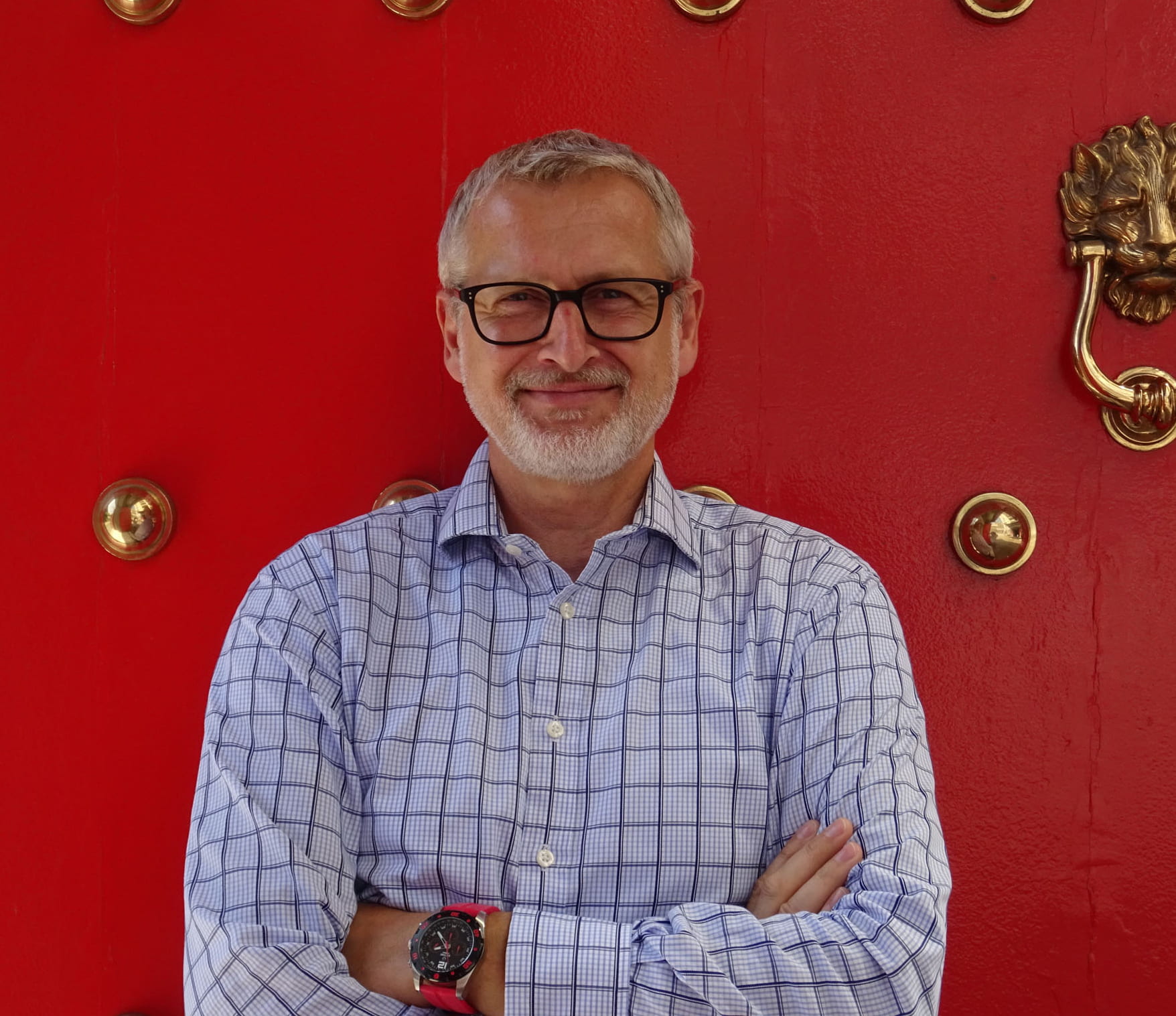Exploring the world through art: Prof Wolfgang Müller-Wittig
Using his skills in virtual and augmented reality and visualisation, Prof Wolfgang Müller-Wittig simulates assembly processes of factories, invents anatomy learning tools for medical students, and develops virtual 3D models of cities.

“I see myself as an enabler, adding visualisation capabilities to information and communication technologies,” says visual computing expert Prof Wolfgang Müller-Wittig, Executive Director of Fraunhofer Singapore, the first affiliate of Europe’s largest applied research organisation, Fraunhofer Society, in Asia.
As the head of the Institute’s industrial virtual and augmented reality group, Prof Müller-Wittig is developing visual computing-enabled applications for science, engineering and education. Before joining NTU in 2001, he led the Visualisation group at the Fraunhofer Institute for Computer Graphics Research in Germany.
“Visual computing—which evolved from classical scientific visualisation techniques such as three-dimensional (3D) weather graphics developed in the 1980s to visually represent complex topics—aims to make data and other abstract information accessible and understandable to viewers, be they students, experts or public audiences,” says Prof Müller-Wittig, who is also an adjunct professor at NTU’s School of Computer Science and Engineering.
These days, Prof Müller-Wittig’s work addresses diverse topics. He has simulated shophouses for the preservation of Singapore’s Peranakan culture, developed augmented reality-enhanced anatomy learning tools for medical students, and simulated the shop floor and assembly process of a factory.
“Integrated with advanced device and sensor technologies, such smart virtual factory platforms can be used to control processes in real factories—an application with vast implications for Singapore’s important manufacturing sector,” he explains.
In a joint project with the Energy Research Institute @ NTU, Prof Müller-Wittig developed a virtual 3D model of NTU’s campus that interactively displays real-time energy consumption data on individual buildings and structures. The virtual NTU campus model provides a building block of Virtual Singapore, an ambitious project that supports Singapore’s urban planning efforts. It also contributes to NTU’s plan to reduce the campus’ energy usage by 35% in the span of a decade.
“If you have a digital replica of something—for example, a virtual factory, virtual Singapore, virtual engine or virtual chair—you can access all data and semantic information associated with it and bring these attributes into the context of the real world,” he shares.



.tmb-listing.jpg?Culture=en&sfvrsn=6c7b6f1f_1)
.tmb-listing.jpg?Culture=en&sfvrsn=29c7e020_1)
.tmb-listing.jpg?Culture=en&sfvrsn=ab6472c8_1)
.tmb-listing.jpg?Culture=en&sfvrsn=55153609_1)
